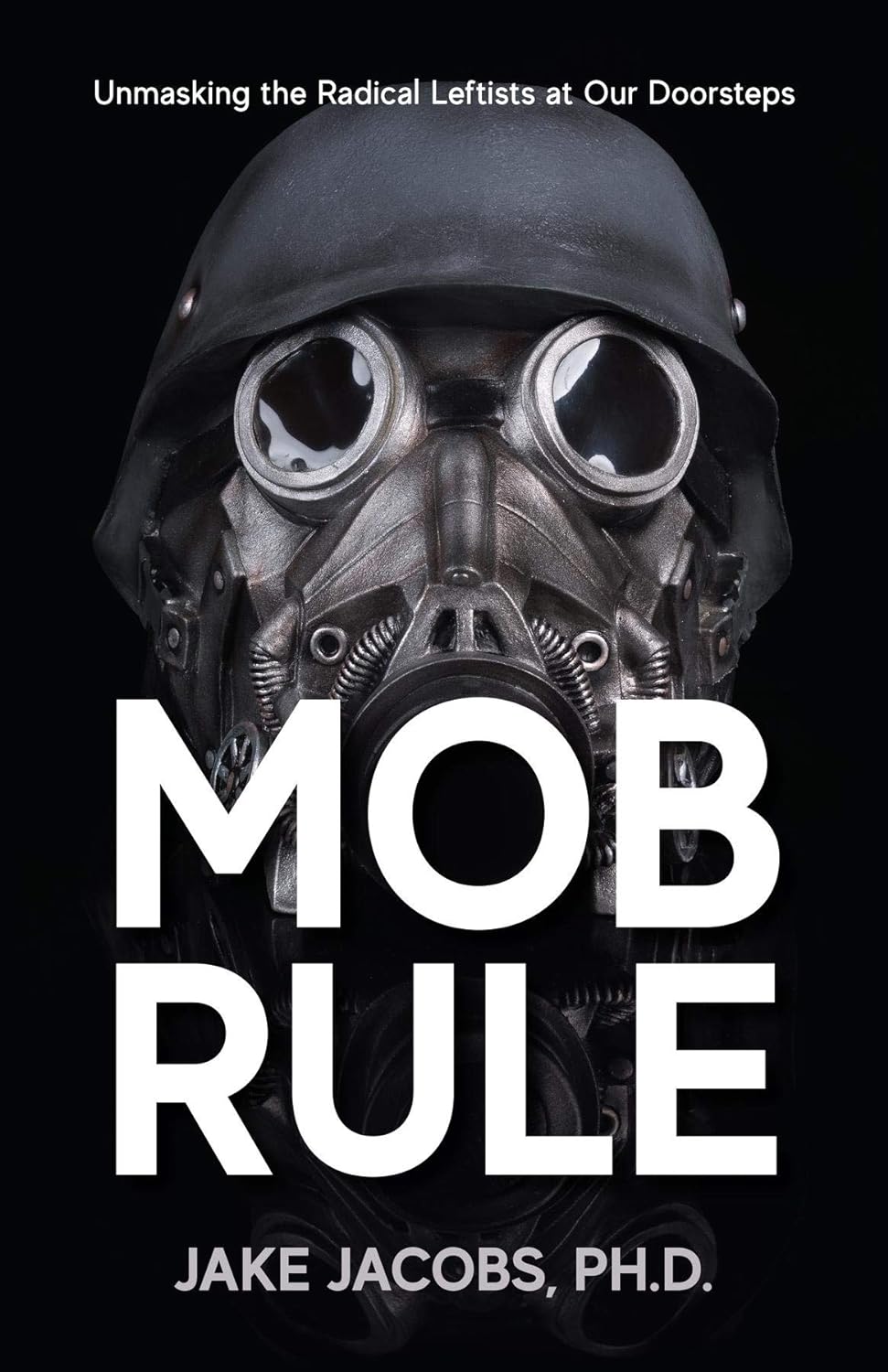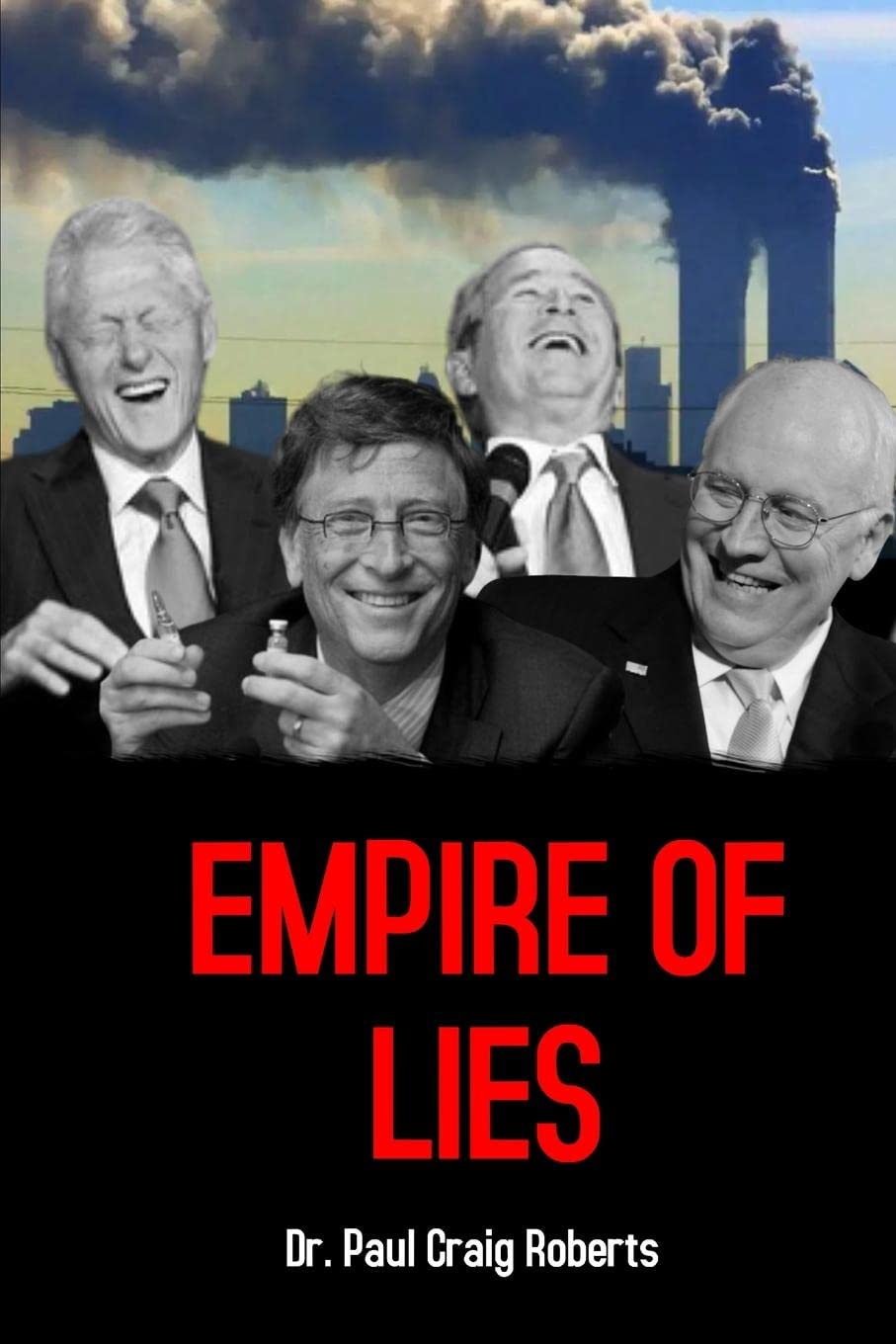|
Around the Next Corner of History
I have just completed a five day tour of Washington DC, doing all of the expected tourist things, visiting the Smithsonian’s, the Monuments, and sitting in on a House Session at the Capital. I was struck by how much detail and attention to excellence there is in the architecture of almost all of the historical buildings in the District of Columbia. There is not a square inch of concrete (and there is a lot of concrete) that doesn’t reflect historical significance, a thorough knowledge of history, and a reverence for God. I noted a stark contrast: From the 17th Century, the late 18th Century and the early 19th Century, it was important to Americans that they build things with the future in mind. They had an instinct that whatever they did would matter to those who came after them. They didn’t want to be remembered as shallow or self important, though, in retrospect, many of them turned out to be incredibly important. The governing were concerned that the governed would always respect and admire the history of our country and those who shaped its unique place in the World. There existed a strong sense of responsibility to preserve and to protect the Genesis of what Freedom, Liberty, and how America is a unique and exceptional experiment that has never been duplicated anywhere on the Planet Earth. In modern America, we seem preoccupied by Pop Culture; what is important today, if only for a fleeting moment in history. Modern architecture reflects our narrow current interests, seldom paying any attention to history or what future generations will be concerned with, other than the preservation of the environment, as it exists today. I wondered, when did this wholesale paradigm shift occur? When did the collective psyche turn so inward and why has it been embraced, not just in America, but around the world? When was the last monument to Freedom built? Even though modern buildings cost astronomical amounts of money, will future generations be as mesmerized by their exquisite design, referential detail and amazing human sacrifice as I was by the Capital Building, the Washington Monument, or the Jefferson Memorial? Maybe our national narcissism reflects the expansion of electronic media, the fact that everyone knows everyone’s business almost in real time. Prior to the advent of television, and of course more recently personal computers, people living before the second half of the 19th Century lived in a time-lapse world where information was transferred over days, months, or even years. Today’s light speed digital media demands a focus on now, more than ever. Since we are all constantly bombarded with information, it is hard to spend much time concerning yourself with things around the next corner of history. |
Archives
July 2024
|
 RSS Feed
RSS Feed











